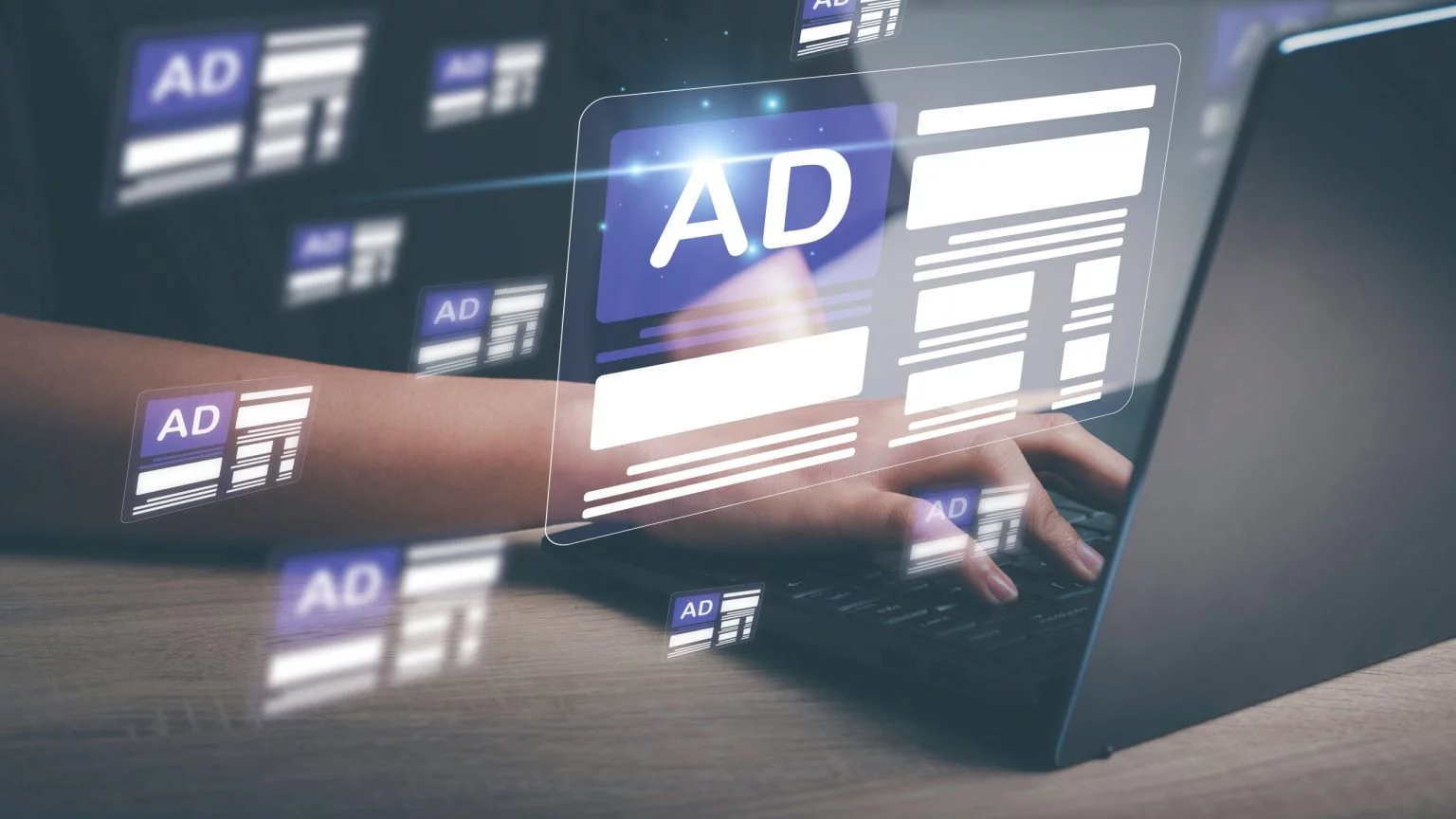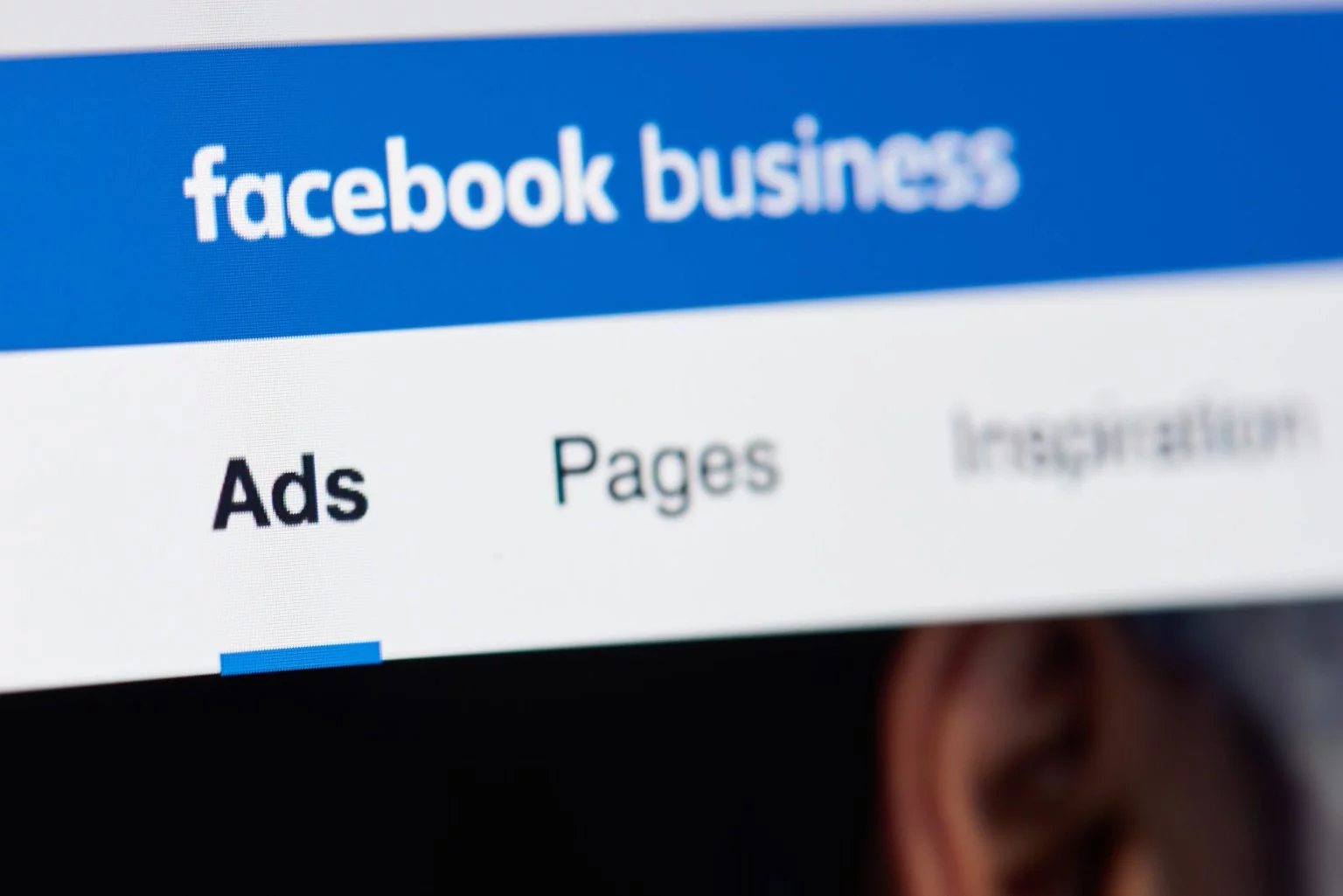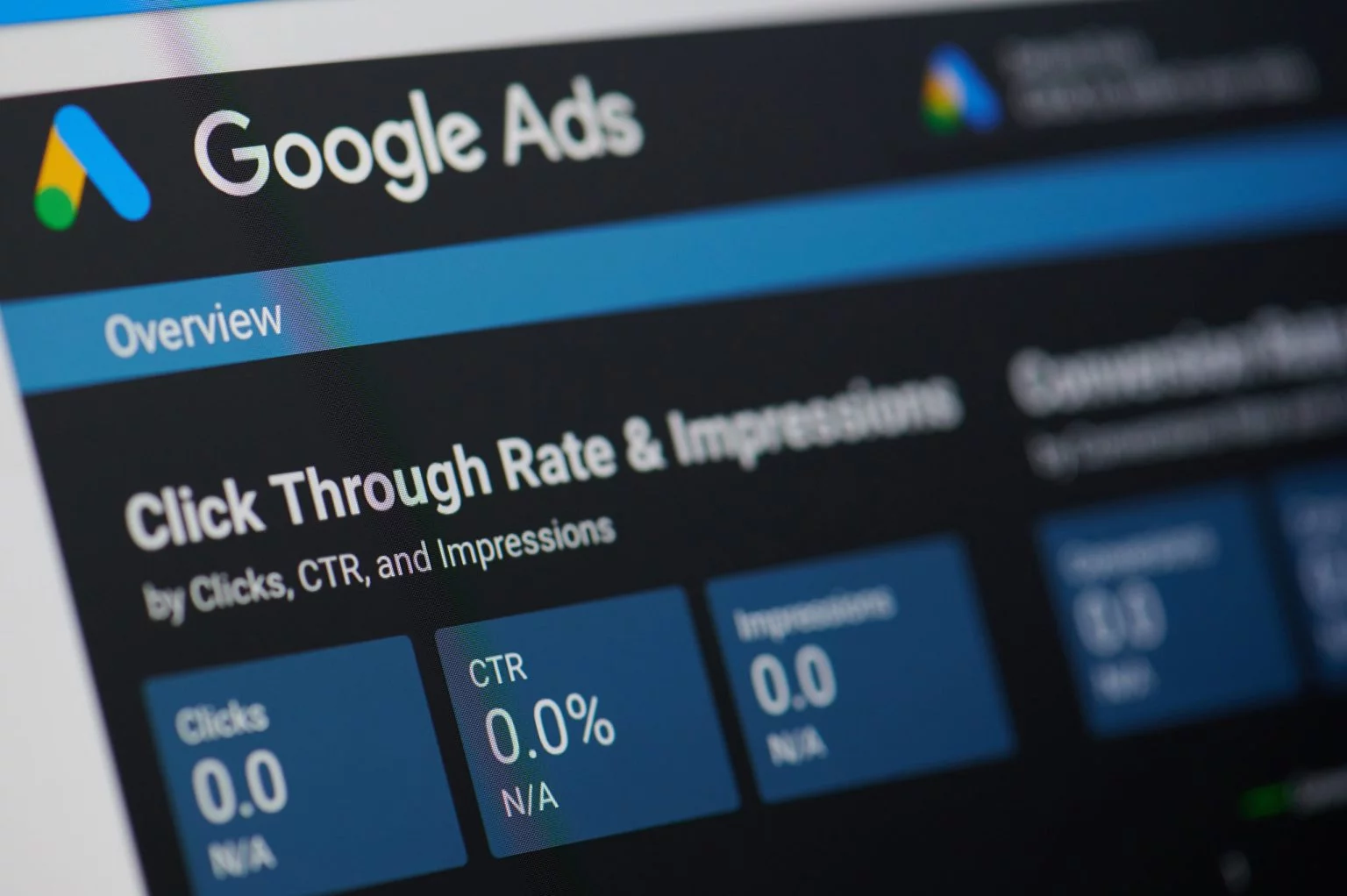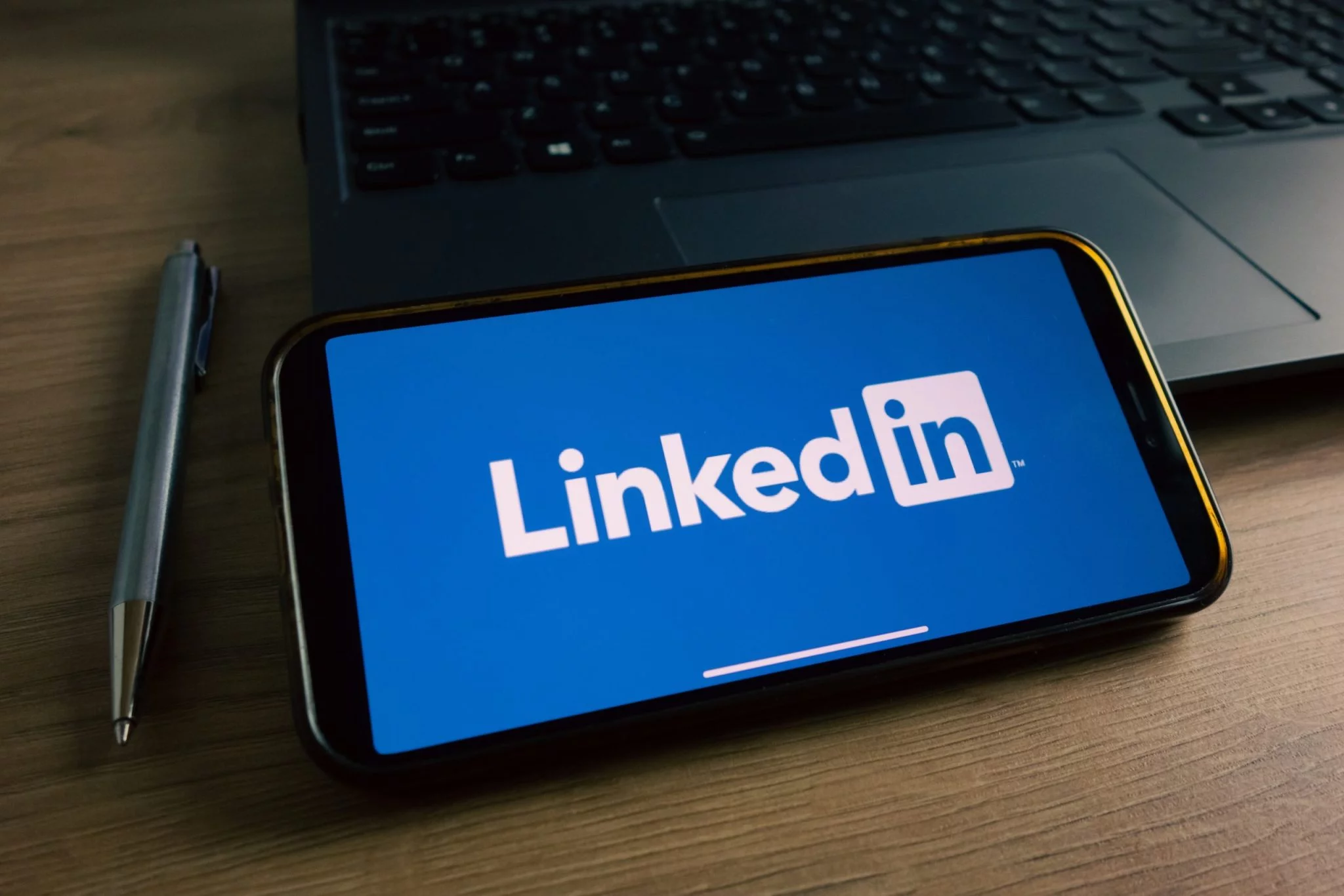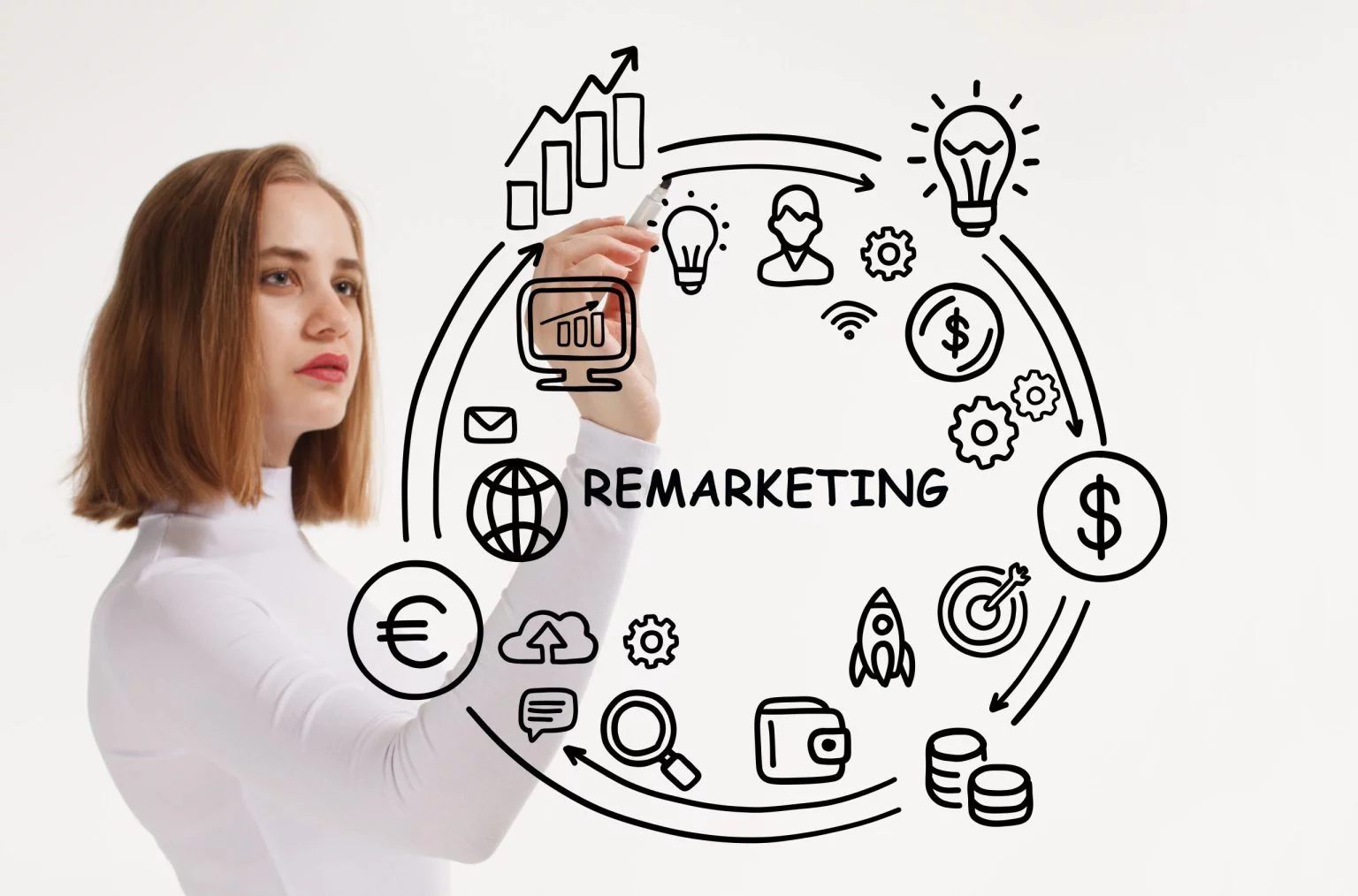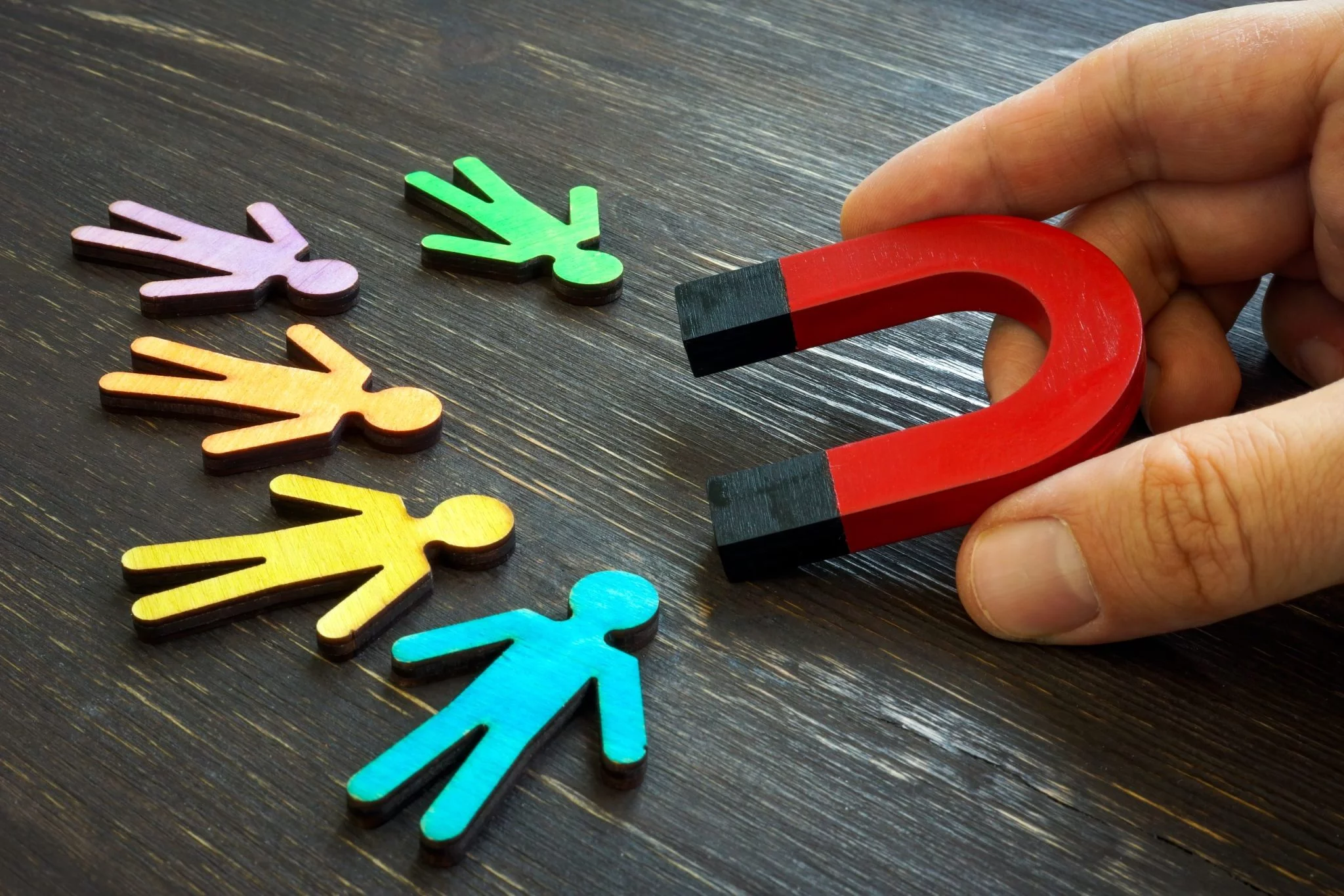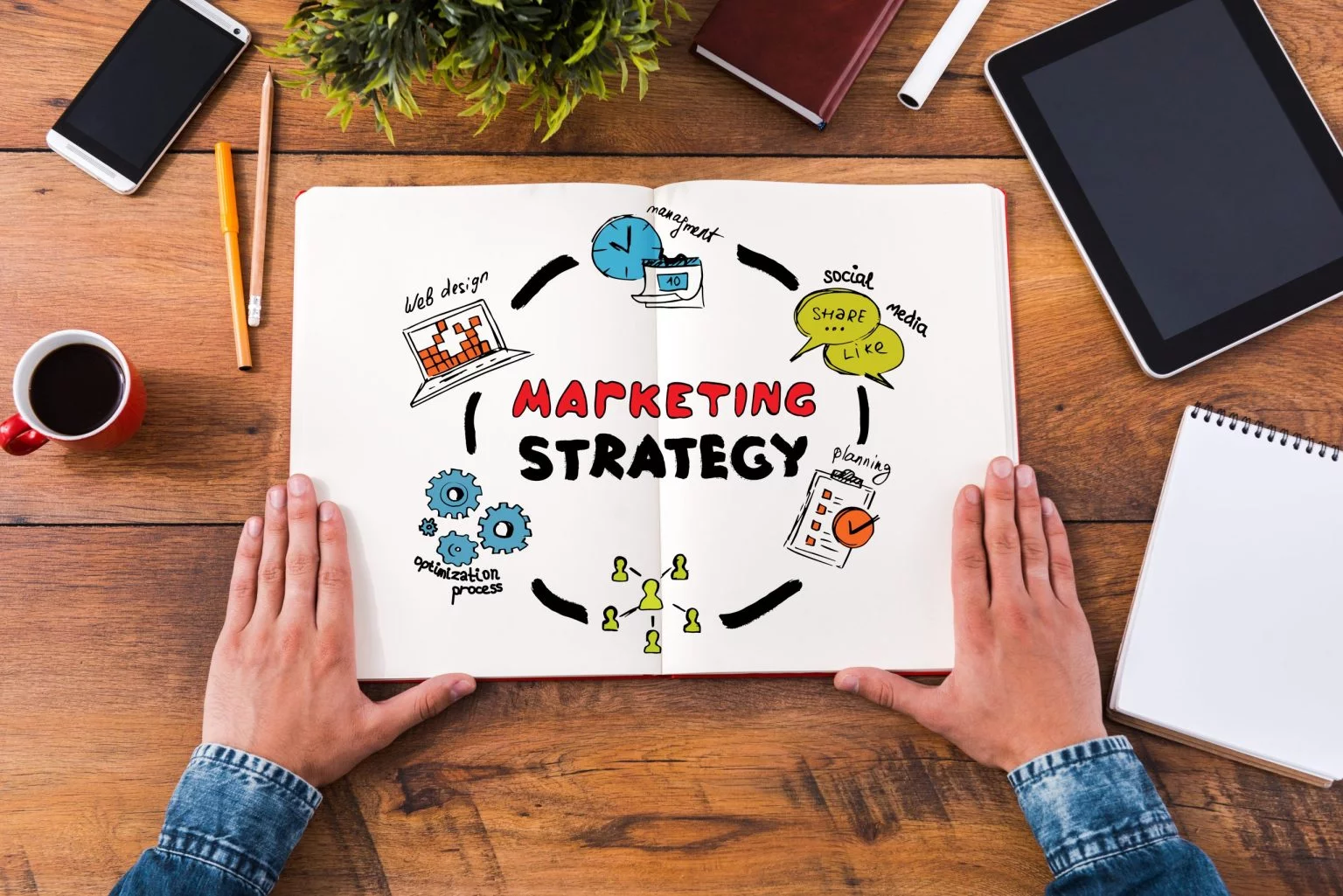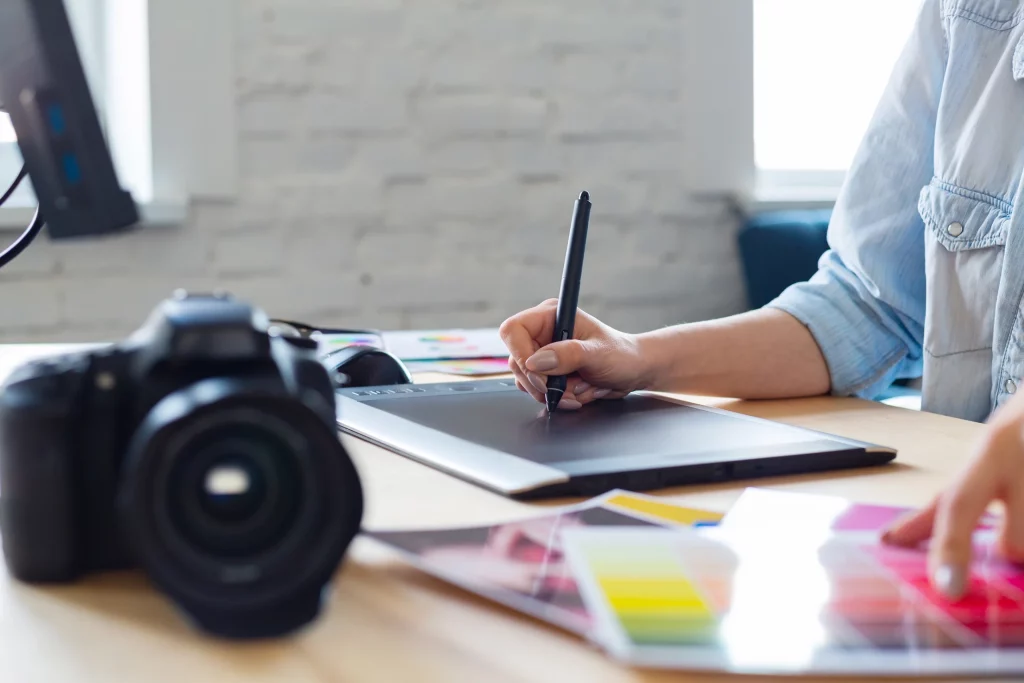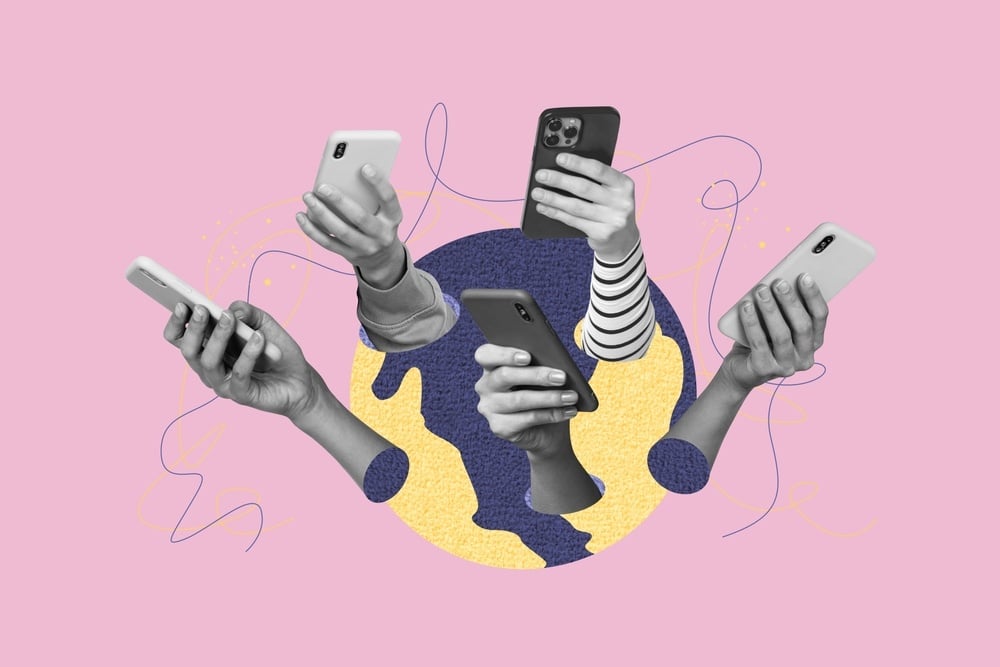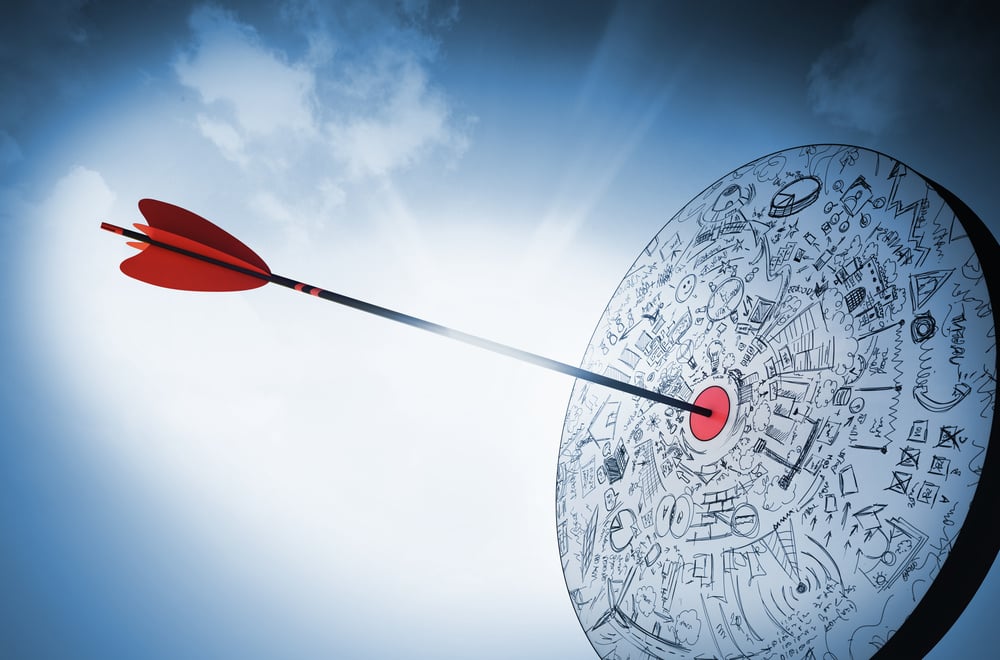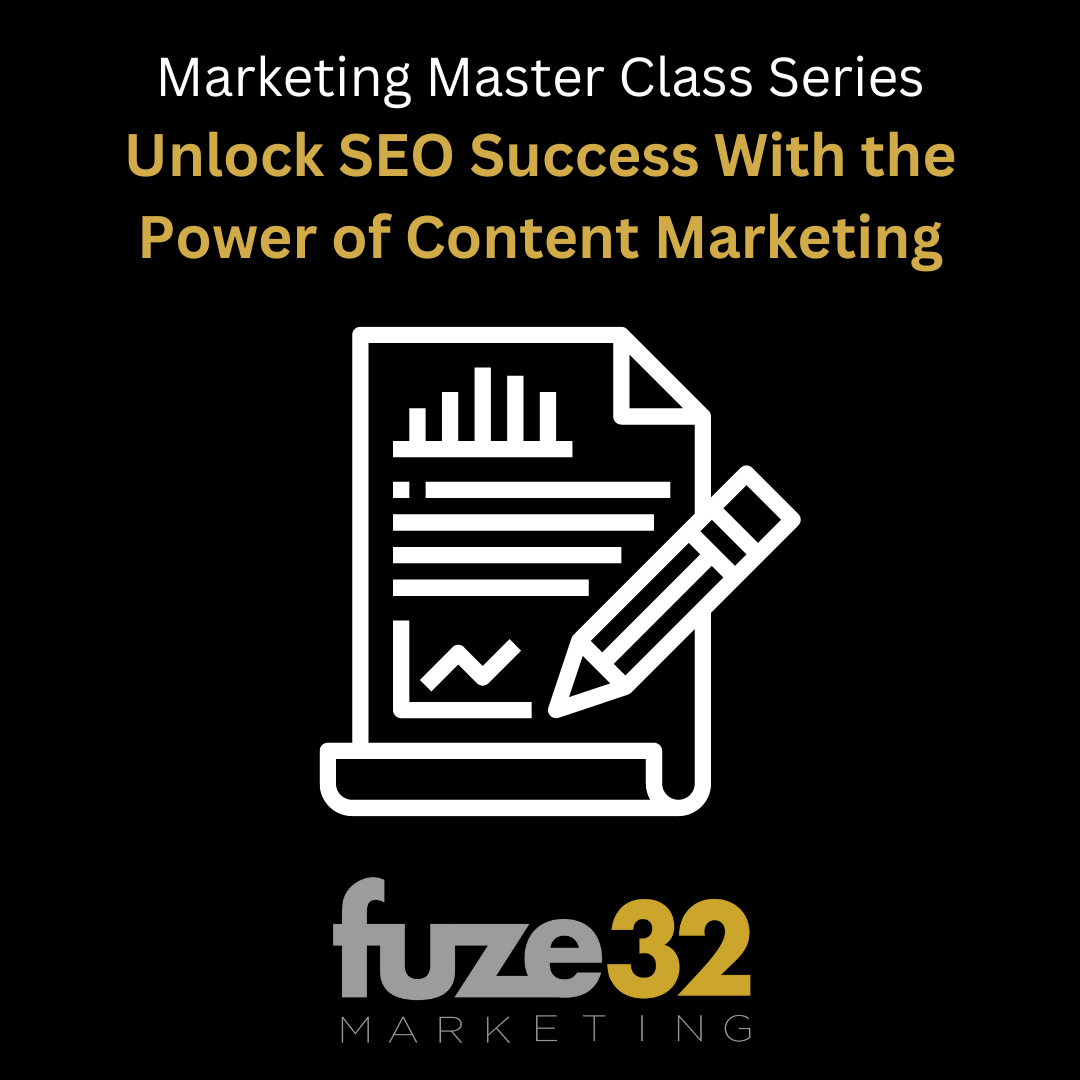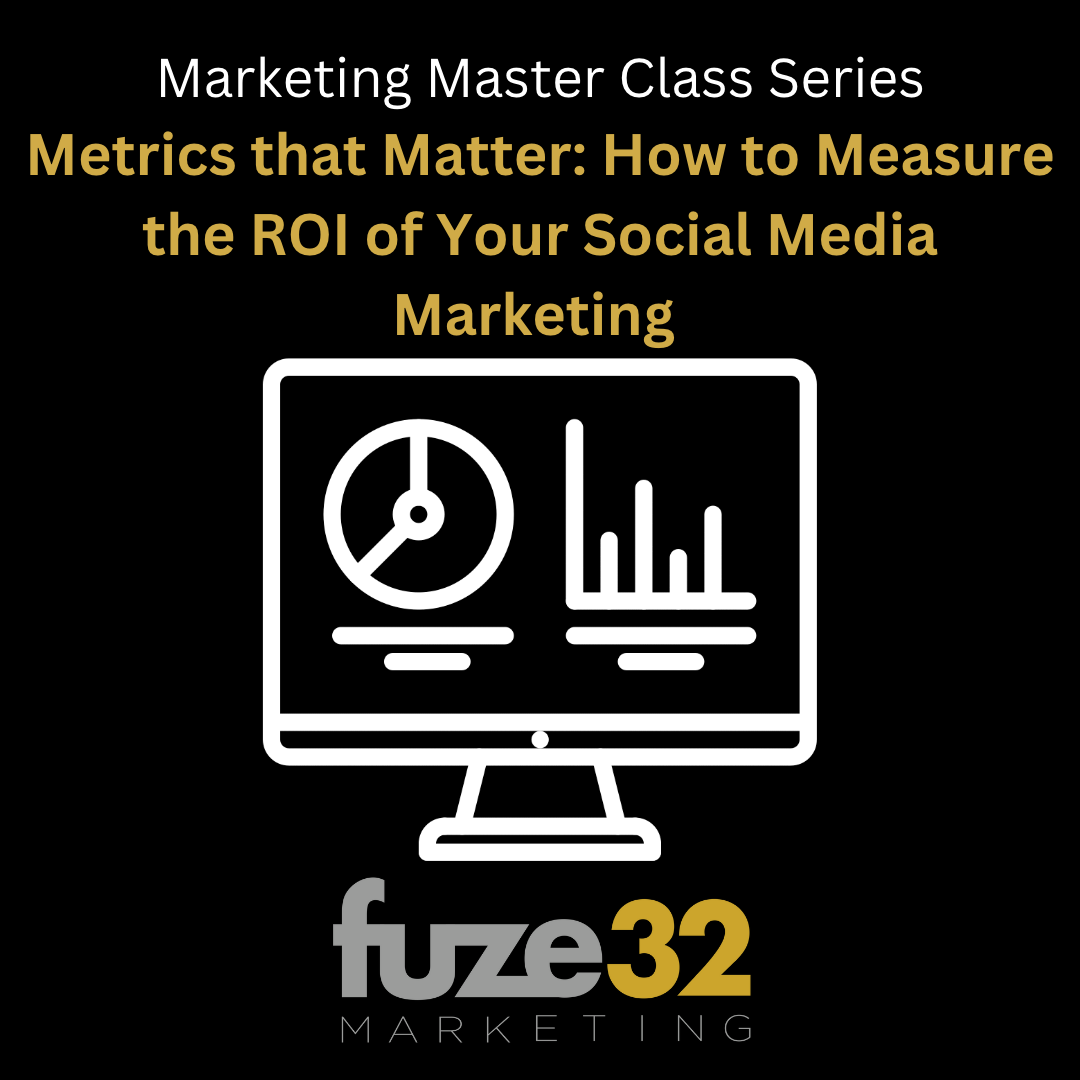We hear these words used every day and while they are similar in nature, they are actually very different. What exactly do the words marketing, advertising, and branding mean? How are they different? Most importantly, what do they mean to your business? Understanding these is about more than just simply defining the terms. It’s ultimately about knowing what each of them means to your business, how they work together as well as when they don’t. Not doing so can undermine your overall success. The problem for a business comes in when they don’t understand how these things are connected. After over 65 years of helping businesses solve their promotional challenges, we’ve come to easily recognize some of the most common problems businesses face:
- A business owner implements an advertising campaign, only to have his salespeople not be informed or incented to participate. When this happens, the campaign’s success is lackluster.
- A business struggles with customer service. New customers come in from the advertising, but there is little to no repeat business or long-term residual growth because the experience isn’t what it was advertised to be. They come in but don’t come back.
- A disjointed brand strategy confuses listeners and doesn’t reinforce the focus of a campaign. The result is that messaging is diluted and bewildering. The result is that an advertising campaign is undermined from the beginning and the results are dismal.
The most common denominator with each of these cases is that, in nearly every situation, advertising gets blamed for poor results. Advertising gets a bad rap when there are other components of a business that must be considered.
To do so, it’s important to start with a more clear definition of the terms:
1. Marketing
Marketing is defined as “the action or business of promoting and selling products or services, including market research and advertising.”
Marketing includes a wide scope of activities like sales, branding, research, and advertising. Marketing is a broad term that encompasses everything you do to build your business. Marketing involves selecting the right products, determining your pricing structure, defining the place people can buy (a brick-and-mortar store? or online purchases?), and promoting the business through advertising, logo design, a website, etc.
2. Advertising
Advertising is defined as “the activity or profession of producing advertisements for commercial products or services.” It is a subcategory of marketing. It is one of the ways marketing is done.
Advertising is made up of all the omnichannel advertising campaigns you use to promote your business to your target consumer. It may consist of print, radio, digital, SEM, social media, connected TV, inbound marketing, store signage, vehicle wraps, etc.
3. Branding
Branding is HOW you do your marketing and advertising. It is the process of creating a persona in the mind of your target consumer so that your business is anchored to perceptions, a feeling, awareness, and understanding of what you stand for in the market. It is built through consistency of message, color, voice, theme, customer experience, product delivery, promotional offers, etc. Your branding tells your business’ story in ways that consumers can see, hear, experience and feel.
Marketing, advertising, and branding are like legs on a 3-legged stool. When one leg is weak or falls short, the stool isn’t on a solid foundation and falls over.
For example:
- A large advertising budget can’t compensate for poor branding.
- Solid branding can’t compensate for poor customer experience or lack of salesmanship.
- A beautiful website, great logo, and wonderful storefront cannot build a business by itself. It will never overcome an inconsistent or disjointed advertising campaign.
Clarity and Consistency - The Fuel that Makes the Entire Machine Work
Your entire marketing bridge should all point in the same direction giving consumers a consistent experience. Everything from your logo, to your business card, employee clothing, customer experience, website, advertising, sales interactions, customer service...even how your receptionist answers the phone, should all point toward a single message in the mind of the consumer. It works best when it is crystal clear and laser-focused on a consistent theme - driving it home in the minds of your target consumers relentlessly.



.webp)




